Our review today is on Lenovo‘s recently launched Yoga Slim 7 Carbon Gen 6. The main aim of the laptop is to target the business laptop market. However, based on its specifications, it is not to be underestimated in the gaming category either. The main highlight of this notebook is its lightweight and slim body, in addition to its strong performance. It is worth mentioning that the notebook’s weight isn’t record-breaking, but still a good package for giving tough competition to all competitors in the market. Not only that, its lightweight and premium body design also ensures an excellent and satisfying handling experience with an eye-catching appearance.
The aspects of the Lenovo Yoga Slim 7 Carbon Gen 6 are discussed below, along with the complete specifications sheet.
Specifications
| Screen | 14.0″ 2.8K (2880 x 1800) OLED 400nits Glossy, 90Hz, 100% DCI-P3, HDR 500 True Black, Glass, Dolby Vision |
| Processor | AMD Ryzen 7 5800U Processor (8 Cores / 16 Threads, 1.90 GHz, Max Boost up to 4.40 GHz, 4 MB Cache L2 / 16 MB Cache L3) |
| Wireless Connection | Wi-Fi 6 11AX (2×2) & Bluetooth 5.1 |
| Graphics card | Integrated AMD Radeon Graphics |
| Memory | 16 GB Soldered LPDDR4x 4266MHz |
| Storage | 512 GB M.2 2280 SSD |
| Camera | IR + ToF & 720p HD Camera |
| Ports | 3x USB Type-C port and 1x 3.5mm Headphone Jack |
| Battery | 4 Cell, 61Wh with 65W USB Type-C Charging |
| OS | Windows 11 Home Edition 64-Bit |
| Weight | 1.08kg and 14.9mm thickness |
Body, Design, and Appearance
We found that the laptop has four major highlights in terms of appearance: eye-catching texture, advanced design process, lightweight body, and strong workmanship.
The body of the Lenovo Yoga Slim 7 Carbon is made of magnesium-aluminum alloy, while the display case has an aerospace-grade carbon fiber finish. Not only that, but the latest Webcore 2.0 aerospace-grade fiber weave technology has also been used to make the entire carbon fiber slightly fragile. The main advantage of using carbon fiber in the display case is that it is lighter, which plays an important role in reducing the weight of the laptop.
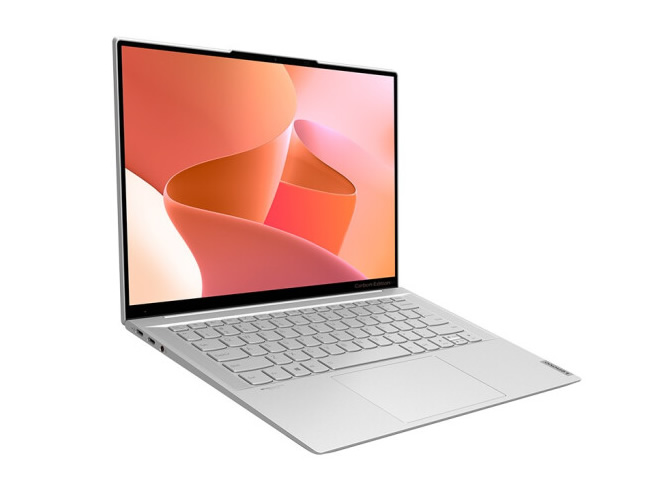
In recent years, magnesium-aluminum alloys have been widely used in high-end business laptops. If you compare carbon fiber to this, carbon fiber is much less dense, can be contained in the same volume, and weighs less. Additionally, carbon fiber is widely used in industries such as aerospace due to the material’s high strength and low mass. We have a great example of Formula 1 racing cars that pursue extremely high speeds and use a large amount of carbon fiber.
The overall surface of the laptop is matte and sprayed, ensuring the body has proper anti-smudge and anti-fingerprint features. The palm rest area also feels very refreshing after prolonged use, and there are no handprints in this area. The anti-fingerprint body will also look very decent and eye-catching in a business meeting or any related task. Finally, we’d also like to mention that this laptop has a bright YOGA logo and a silver Lenovo nameplate on the display case.
Display
The display of the Lenovo Yoga Slim 7 Carbon is also one of its highlights. After opening the laptop, we can see a 14-inch touchscreen that supports 2.8K+ resolution (2880 x 1800) with very small bezels around the display. It is worth mentioning that the laptop has a 91% screen-to-body ratio. There is a slight bump on the top bezel, which houses the webcam lens and ten other sensors. The laptop supports face unlocking.
This laptop features a 14-inch touchscreen with a 16:10 aspect ratio and a 90Hz refresh rate, supporting 10-point touch, Dolby Vision, and DisplayHDR 500. It is worth noting that this laptop runs on Windows 11 OS, which is optimized specifically for touchscreens, so the touchscreen experience will also be excellent.
In color testing, we found the display to have a 100% Adobe RGB and 100% P3 color gamut. The maximum brightness is 400 nits, and the Delta E is 0.87, which is usually found in high-end laptops.
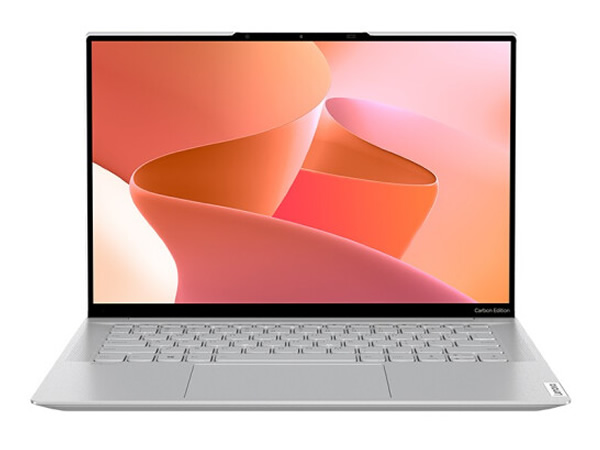
For eye protection on OLED screens, the screen has passed the following certifications to ensure proper eye protection during usage: TUV Rheinland Eyesafe certification, TUV Rheinland Eye Comfort certification, TUV Rheinland hardware-level low blue light certification, and SGS low blue light certification.
The overall display experience on the Lenovo Yoga Slim 7 Carbon exceeds expectations. At the same time, thanks to the 90Hz refresh rate, the overall smoothness is taken to the next level.
Keyboard
The keyboard of the Lenovo Yoga Slim 7 Carbon also looks very eye-catching. The keyboard lacks a numeric keypad, which is another key concern for buyers when purchasing a business laptop. It is worth mentioning that the keycaps of the Lenovo Yoga Slim 7 Carbon keyboard have an oil-resistant coating, which provides a smooth touch experience. However, it is the coating that ensures that no fingerprints are left behind. The touchpad is also large enough to navigate the entire screen easily. It is also worth noting that there are two speaker openings on the left and right sides of the screen.

The Lenovo Yoga Slim 7 Carbon has a total of three USB Type-C ports (two on the left and two on the right).
The two USB Type-C ports on the left are second-generation Type-C ports. Users may be concerned that the laptop lacks standard ports like USB Type-A and HDMI, but the manufacturer has included a USB dock in the box. The dock allows users to plug in an HDMI, a VGA, and a USB Type-A device, making the laptop more convenient for office or business use.

Another significant change is that the power button has been placed on the left side. This seems like a great innovation, as the power button on the keyboard is particularly prone to mis-triggering. Many of the power keys have the same trigger strength and damping as other regular keys, and if they are placed on the upper right side of the keyboard alone, they may not look good. Next to the power-on key, the company also has a quick camera switch key.
Battery and Charging
The new Lenovo Yoga Slim 7 Carbon comes with a 61Wh high-density battery module, which can provide long battery life during office work.
To test the battery, we used PCMark 10’s Modern Office mode under the following conditions: connected to Wi-Fi and Power Saver mode turned on. With these settings, we got a battery life of 11 hours and 18 minutes, confirming that the laptop can meet regular office hours on a single charge.
The laptop comes with a 65W Gallium Nitride charger. The charger is relatively slim and improves the portability of the laptop. The battery can be recharged to 80% in just one hour, which is another breakthrough for this laptop.
RAM and SSD
The model we selected to review comes with 16GB of RAM and a 512GB SSD. In more detail, the laptop comes with 16GB of dual-channel LPDDR4x RAM with a maximum frequency of 4266 MHz. The memory is not expandable as the memory module is soldered to the motherboard.
In addition to the LPDDR4x memory, the laptop comes with a 512GB M.2 2280 SSD to ensure stronger and faster performance. The SSD also supports the PCIe 3.0 NVMe protocol, which delivers proper flagship performance to the SSD. We tested the SSD using CrystalDiskMark, and the maximum read speed was 3370 MB/s, while the maximum write speed was 2689 MB/s.
CPU and GPU
The laptop is powered by the latest AMD Ryzen 7 5800U processor and has a built-in Vega 8 GPU. The Ryzen 7 5800U is based on the 7nm manufacturing process and the Zen 3 architecture. It has eight cores and sixteen threads with a base frequency of 1.9 GHz and a maximum frequency of 4.4 GHz. The processor also comes with 16MB of L3 cache memory and a default TDP of 15W.
As we know, the main purpose of this laptop is to handle office tasks that don’t require advanced CPU processing. However, the company offers performance adjustment features that allow users to perform some heavy tasks.
CPU Testing:
To test the CPU performance of the Lenovo Yoga 7 Slim Carbon, we also did some benchmarks as follows:
Cinebench R15: 226cb on Single-Core and 1692cb on Multi-Core
Cinebench R20: 535cb on Single-Core and 3612cb on Multi-Core
Cinebench R23: 1362 points on Single-Core and 8935 points on Multi-Core
Geekbench 5: 1069 points on Single-Core and 5676 points on Multi-Core
The score results show that the laptop can easily handle all complex office tasks and work easily.
The laptop also comes with an AMD Radeon graphics processor, which seems to be an overclocked version of the Vega 8 graphics. The maximum frequency of the graphics is 2000 MHz. The benchmark results for the GPU are as follows, and they look pretty good.
GPU Testing:
The 3DMark benchmark results are mentioned below, along with the application names.
Fire Strike: 4129 Graphics Score, Overall Score: 3785 Points
Time Spy: 1289 Graphics Score, Overall Score: 1472 Points
Overall Hardware Test:
To test the laptop’s overall hardware, we used PCMark 10 Extended mode and scored a combined score of 4669, which is good for office use.
Stress Testing and Heat Dissipation
The Lenovo Yoga Slim 7 Carbon’s cooling holes are located on the bottom cover of the laptop. It’s worth noting that the company has placed the cooling strips on the sides of the bottom cover to avoid detracting from its aesthetics.
We also performed a stress test on the Lenovo Yoga Slim 7 Carbon to check how the laptop reacts under challenging conditions. For this test, we used the AIDA64 system stability test. After running the laptop in FPU mode for 30 minutes, the total CPU power consumption stabilized at 25W, the temperature rose to 79 degrees Celsius, and the full core frequency was approximately 2.65 GHz to 2.7 GHz. The overall performance release is quite outstanding.
Summary
As the preview post of the laptop showed, people were expecting the laptop to have a breakthrough in terms of appearance, body, and design. After reviewing it, it is safe to say that the laptop has met our expectations. The overall body texture also gives it a high-end feel.


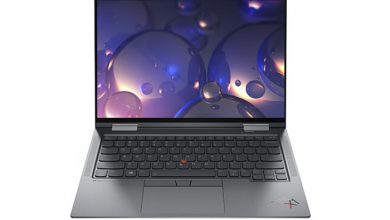
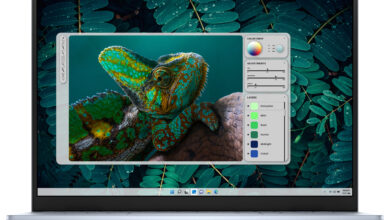
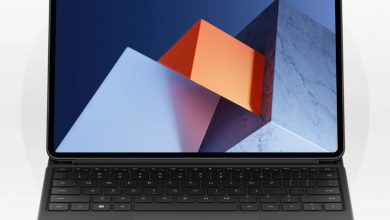
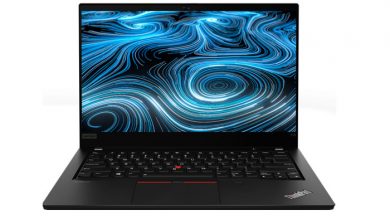
Hi, can you share with me the link to purchase the laptop based on the specs from this article? Thanks.